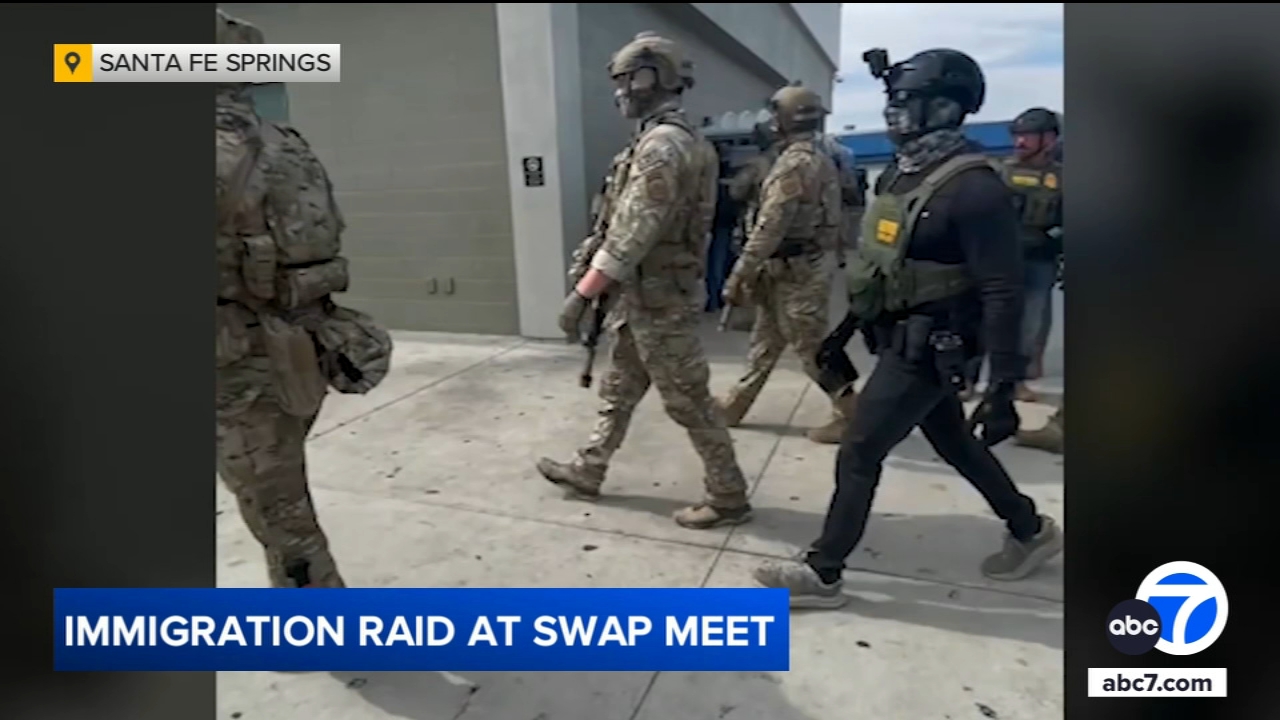Target to officially launch new self-checkout policy March 17
After a test run of the policy at a handful of stores, Target says says self-checkout was twice as fast at those locations.

LOS ANGELES (KABC) -- Target has officially launched its new self-checkout policy and it's set to start next week.
Last year, the retail giant tested the new policy at about 200 stores, restricting self-checkout to customers buying 10 items or less. Customers buying more than that were required to use full-service lanes with cashiers.
The result? Target says self-checkout was twice as fast at those test stores.
NOTE: The video above is a previous report on this policy.
"By having the option to pick self-checkout for a quick trip, or a traditional, staffed lane when their cart is full, guests who were surveyed told us the overall checkout experience was better, too," read a press release issued by the company.
Now, Target is officially making the updates chainwide starting March 17.
"We're rolling out Express Self-Checkout with limits of 10 items or fewer at most of our nearly 2,000 stores nationwide," the company said.
The company said it's also opening more traditional lanes staffed by employees members across all stores for those who have more items or simply need a helping hand.
Target and other retailers had expanded self-checkout machines in recent years. Self-checkout was designed to help companies save on labor costs and speed up checkout for shoppers.
But the promise of self-checkout hasn't always played out.
Self-checkout machines sometimes break. Customers often face errors and glitches scanning items, requiring employees to come over and assist them. This erases potential labor savings and makes self-checkout slower, in some cases, than full-service checkout - the problem it was supposed to resolve.
"Our customers have told us this over time - that the self-scan machines that we've got in our stores ... can be slow, they can be unreliable [and] they're obviously impersonal," an executive at Booths supermarket chain told the BBC late last year. Booths recently removed self-checkout on all but two of its 28 stores. Walmart, Costco, Shoprite and other chains have also revised their self-checkout strategies.
Notably, retailers lose more possible sales with self-checkout than full-service cashiers, both from intentional shoplifting and honest errors by customers. One study of retailers in the United States, Britain and other European countries found that companies with self-checkout lanes and apps had a loss rate of about 4%, more than double the industry average.
Target said last year that merchandise losses, known as shrink, were not a factor in testing new self-checkout policies.
Target has pointed to theft, both petty shoplifting and organized groups of criminals stealing merchandise and reselling it online, as responsible for the increase in losses. (More than 60% of shrink includes employee theft, damaged products, administrative errors, vendor fraud and other factors.)
"Shrink remains a significant financial headwind," Target finance chief Michael Fiddelke said in November 2023.
CNN contributed to this report.






